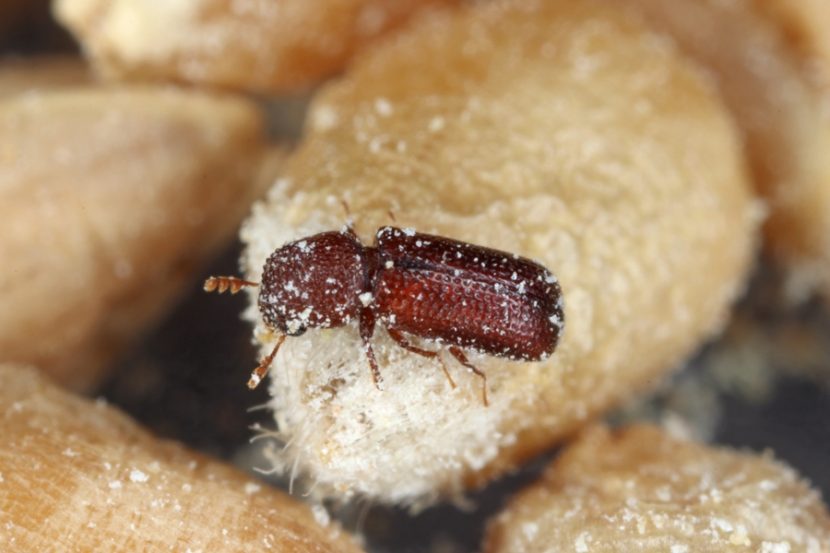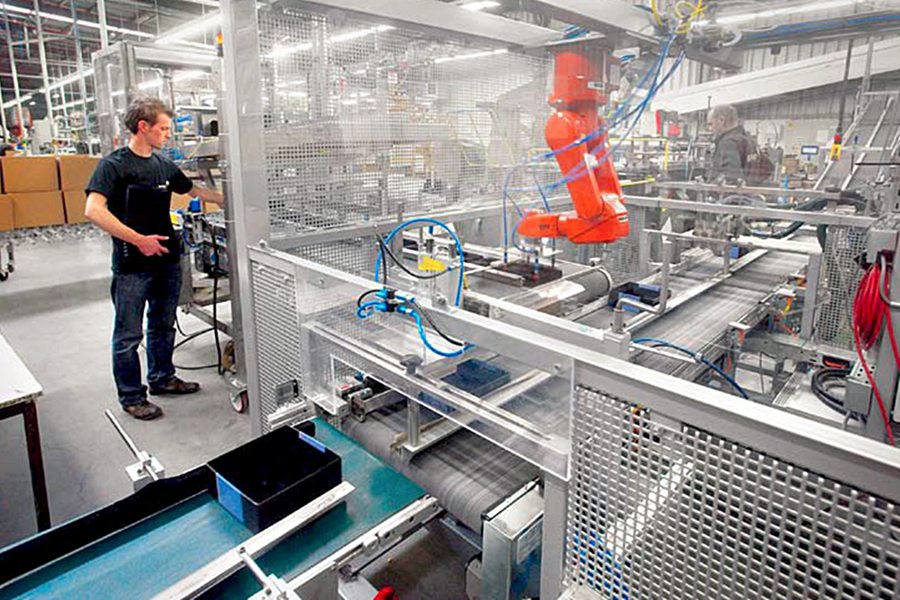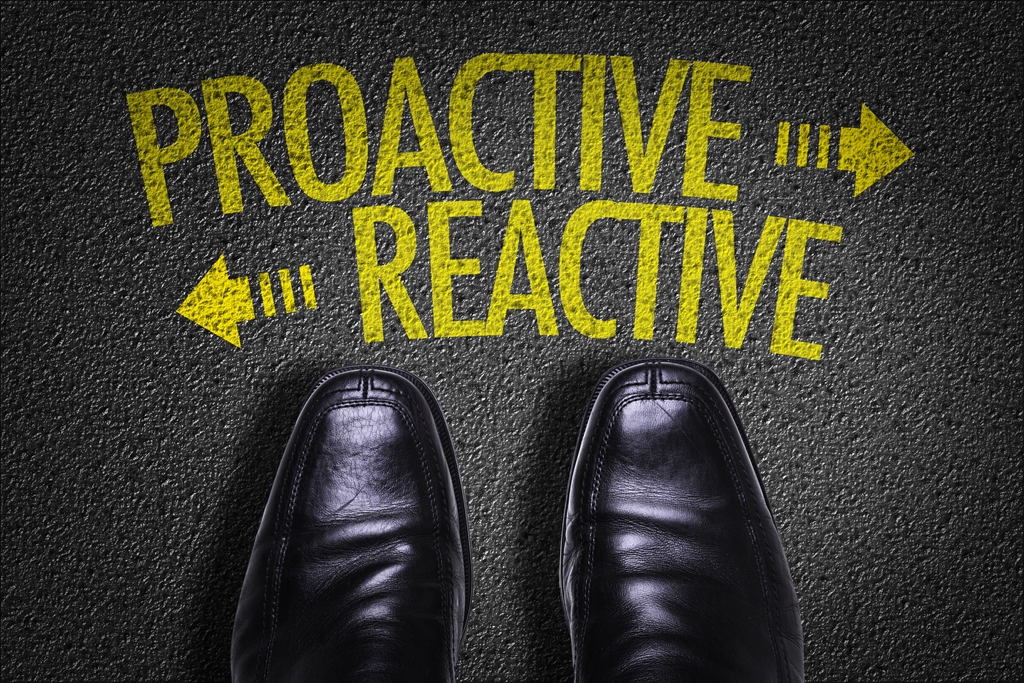Getting It Right: Pest Control Management using HACCP Principles
By Beth Driscoll
An effective pest control program is critical to supplying safe food to your customers and consumers and it’s a requirement of GFSI certification programs, government legislation, and most food safety audit standards. However, it’s an often-forgotten program; once it’s up and running, many food production facilities rely on the pest control contractor and the internal audit program to ensure pests are managed effectively.
HACCP Plans and Pest Control Programs
Pest control is a component of most prerequisite programs that support HACCP Plans and it’s considered in the risk assessment as a potential hazard to materials and processes. But the pest control program itself could benefit from an evaluation using the principles of HACCP, specifically: hazard analysis monitoring, validation, and verification.
Just like food pathogens, pests common in food facilities differ in terms of their food source, preferred habitat, and life span.
Hazard Analysis
Most pest control programs focus on insects and rodents—i.e. cockroaches and mice—but your program should include a detailed analysis of storage requirements—and length of storage—for raw materials, work in process, and finished products. Just like food pathogens, pests common in food facilities differ in terms of their food source, preferred habitat, and life span. For example, the Indian Meal Moth is associated with dry goods such as cocoa, whereas fruit processors may have an issue with flies attracted to sugar. Preventing infestations of these insects require different pest control activities.
When developing or re-evaluating your program, it’s also a good idea to review several years of pest control records to identify how often pests are found in your facility. You’ll want to look at customer complaints and receiving records to see if or what types of pests may be coming into your facility. Also, consider any applicable government regulations and certification program requirements; you don’t want a non-conformance because you missed an important component that you hadn’t realized you weren’t following.
Monitoring
Once you’ve identified potential pests and areas where infestation could occur, it’s important to keep these areas clean and monitor for pest activity. Most facilities rely on their pest control contractor to conduct monitoring activities, but the person responsible for this program should spend time with the contractor; meet regularly to review their reports and recommendations; go with them on their inspection; and ask a lot of questions. The more you learn from them, the better your program will be. To catch any problems before they become an infestation, have your employees notify their supervisor of any pest sightings, and consider adding an in-house inspection of devices (except those that have bait) on the weeks the contractor isn’t in the facility.
Verification
Verification is a critical component of your HACCP plan, and in your pest control program that means ensuring your program is identifying potential infestations before they take root. One suggestion is to place a small item in two or three random devices and asking the contractor to return the object. Read the report and trend analysis thoroughly; too often the person responsible for pest control simply signs the report and goes on with their day. Finally, do any follow-up activities they suggest. They may see things you’ve overlooked.
Validation
The internal audit is an important validation tool, but it shouldn’t be the only one. Review all appropriate documentation as a separate activity from the internal audit: for example, sanitation records, pest control records, customer complaints, hold records, etc. Look specifically for pest issues.
Pest control programs are an often-overlooked component of a prerequisite program supporting a HACCP plan. Using HACCP principles, the pest control program can be an important and invaluable part of a HACCP plan to ensure customer satisfaction and consumer safety.
About the Author
Beth Driscoll, CPHI(C), CHA, PMP is an independent food safety professional with Driscoll Food Safety and she has experience in a variety of sectors, including grocery, food service, manufacturing, and distribution. She is both a Public Health Inspector with the Canadian Institute of Public Health Inspectors and a Certified HACCP Auditor with the American Society for Quality. She does training, auditing, consulting, and project management in all sectors of the food industry.

-
 FeaturedRisk management
The Cost of a Breach: What a Cyberattack Could Mean for Food Safety Recalls
FeaturedRisk management
The Cost of a Breach: What a Cyberattack Could Mean for Food Safety Recalls
-
 FeaturedRisk management
Securing the Food Chain: How ISO/IEC 27001 Strengthens Cybersecurity
FeaturedRisk management
Securing the Food Chain: How ISO/IEC 27001 Strengthens Cybersecurity
-
 FeaturedRisk management
Revolutionizing Food Safety Training: Breaking Out of the “Check-the-Box” Mentality
FeaturedRisk management
Revolutionizing Food Safety Training: Breaking Out of the “Check-the-Box” Mentality
-
 GFSI Standards
GFSI 2025: Building Trust, Tech-Forward Solutions, and Global Unity in Food Safety
GFSI Standards
GFSI 2025: Building Trust, Tech-Forward Solutions, and Global Unity in Food Safety
-
 FeaturedFood Safety
Integrated Pest Management: Strategies to Protect Your Brand’s Reputation
FeaturedFood Safety
Integrated Pest Management: Strategies to Protect Your Brand’s Reputation
-
 FeaturedFood Safety Culture & Training
No Open Door Policy: Challenges That Impact Pest Control in Food Processing Plants
FeaturedFood Safety Culture & Training
No Open Door Policy: Challenges That Impact Pest Control in Food Processing Plants




